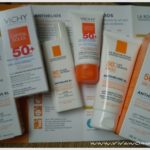
Anti-aging: chemical or physical sunscreens?
Effective chemical sunscreen
My husband had La Roche-Posay Anthelios XL 50+ Lait Veloute Face & Body Lotion to thank for saving his skin from sunburnt last week. I applied it liberally on him twice over the four hours we were at the pool under scorching heat from about 10am to 1pm and his skin didn’t look any different afterwards. In fact, it wasn’t even red.
So I have to say that if you’re in the market for a good chemical sunscreen, La-Roche-Posay Anthelios XL 50+ is worth considering as it contains both Mexoryl SX and Merxoryl XL, a combination that is said to be the most potent photostable anti-aging sun filters for UVA and UVB rays. Just refer to the following rating compiled by Environmental Protection Agency on Ecamsule (Mexoryl SX) with inputs I obtained from Cosmetics Database about Drometrizole Trisiloxane (Mexoryl XL).

(Drometrizole Trisiloxane not officially in FDA monograph. I added it here for reference only, with inputs obtained from Cosmetics Database.)
If not for the fact that this is a chemical sunscreen, I really like it quite a lot as I have reviewed previously. It’s got a great texture and is really water resistant.
Chemical sunscreens generate free radicals
Anyway, I just came across another piece of information which reinforced my resistance towards chemical sunscreens (source).
Chemical sunscreens protect the skin by absorbing the light particles (photons). When this energy is absorbed, the molecules of the sunscreen are destroyed, rather than a skin component. This still results in chemical reactions and the process generates free radicals that produce the same type of secondary free radical damage that unprotected sun exposure produces. Subsequently chemical sunscreens are not the most complete or effective form of sun protection. They prevent a larger degree of the initial sun damage but allow secondary free radical damage, which adds to the speed of the skin aging process.
The article goes on to say that physical sunscreens containing titanium dioxide and zinc oxide work by reflecting the photons of light up and out of the skin so there is no absorption of energy. Hence, no chemical reaction and no free radicals are produced.
Although I can’t say for sure that this is not a marketing message to promote physical sunscreens, but I do remember my dermatologist specifically pointing out that I should always check for titanium dioxide and zinc oxide when looking for a sunscreen. So there must be some basis for that recommendation right?
Physical sunscreens not offering sufficient protection
However, the main problem with most physical sunscreens seems to be that people are not using enough of it because their formulation makes it impossible to apply the sufficient dosage. Hence, this is one of the key reasons why many think that chemical sunscreens offer better protection. Moreoever, with newer chemical formulations containing Mexoryl which are said not to absorb the UV light into the skin and therefore, doesn’t do all that free radical damage, it is no wonder chemical sunscreens are still a favorite of many.
Comments
Leave a Reply
You must be logged in to post a comment.

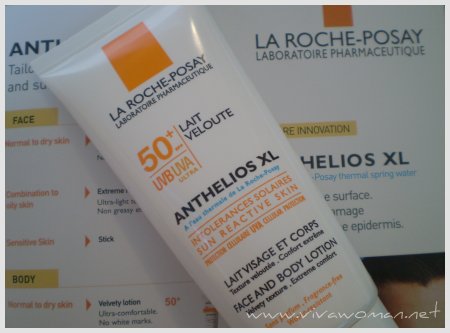
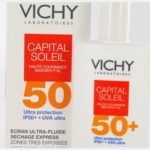
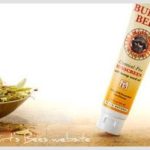
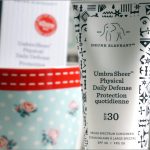











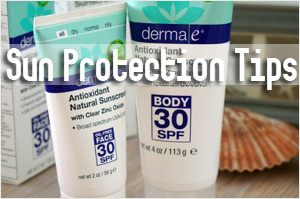


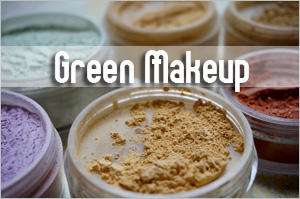


Zinc and titanium oxide do generate free radicals in the sun (http://cat.inist.fr/?aModele=afficheN&cpsidt=16058961). Whether they generate more/less better/worse ones is anyone’s guess, it seems. It is frustrating that regulators do not require manufacturers to do decent research in this area.
David: Yes, I read about this but there isn’t anything concrete. But I wonder if the fact that these are physical blockers and they do not penetrate the skin like chemical sunscreens mean any free radicals they generate may cause lesser damage? Btw, I tried to get into the link you’ve provided but it said bad record number.
You can tell us a few physical sunscreens that we can find them in a supermarket? Thank you.
Do you have Derma-e in your supermarket? It’s pretty good.